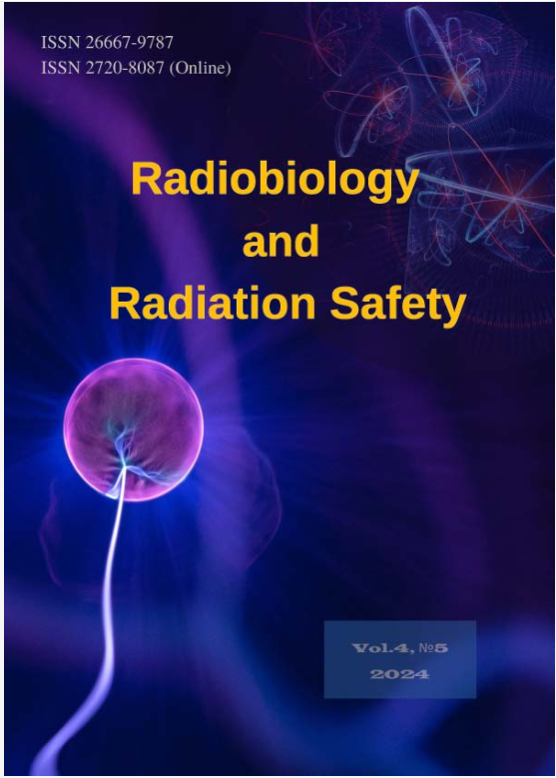RADIOGENIC BREAST CANCER RISK PROJECTION FOR THE GEORGIAN FEMALE POPULATION
Keywords:
Radiogenic breast cancer risk, Georgian female population, Radiation ProtectionAbstract
This paper presents the results of the initial stage of the research cycle, aimed at adapting the methodology for assessing radiogenic risk to the specifics of the Georgian population. This adaptation aims to equip practicing radiologists, medical workers, and nuclear and radiation safety regulators with appropriate theoretical and methodological bases. Data from the National Center for Disease Control and Public Health of Georgia for 2017-2019, regarding the age structure of breast cancer incidence among the female population of Georgia, and demographic data from the National Statistical Office of Georgia for 2017-2019, were used. Comparative analysis utilized data from The Surveillance, Epidemiology, and End Results (SEER) Program of the National Cancer Institute (NCI) of the USA and Cancer Statistics in Korea. Competing risk methodology was employed to estimate the age-conditional and lifetime baseline risk (LBR) of developing breast cancer. The US National Cancer Institute's DevCan 6.9.0 software was used for computation. The methodology described in the 2006 report of the National Academies of Sciences' BEIR VII Committee was used to estimate the age-conditional and Lifetime Attributable Risk (LAR) of radiogenic breast cancer. US National Cancer Institute software RadRat (version 4.3.1) and the R package for lifetime attributable risk estimation (LARisk) were used for computation. Monte Carlo simulation techniques were applied to estimate uncertainties in risk and subjective uncertainties under various assumptions. It was revealed that the lifetime baseline cancer risk for the hypothetical population of Georgia is 6.5% (95% CI: 6.2%-6.9%), for the US white non-Hispanic female population is 14.1% (95% CI: 13.99%-14.23%), and for the Korean female population, it is approximately 4.2%. For women in Georgia, the United States, and Korea irradiated with a dose of 10 mGy, the lifetime attributable risk is approximately the same, varying between 120-140 cases per 100,000 persons. The Lifetime Fractional Risk (LFR), defined as the ratio of lifetime attributable risk to lifetime baseline risk, is 3.5 times higher in the American white non-Hispanic female population than in Korea, and 2 times higher than in the female population of Georgia.



